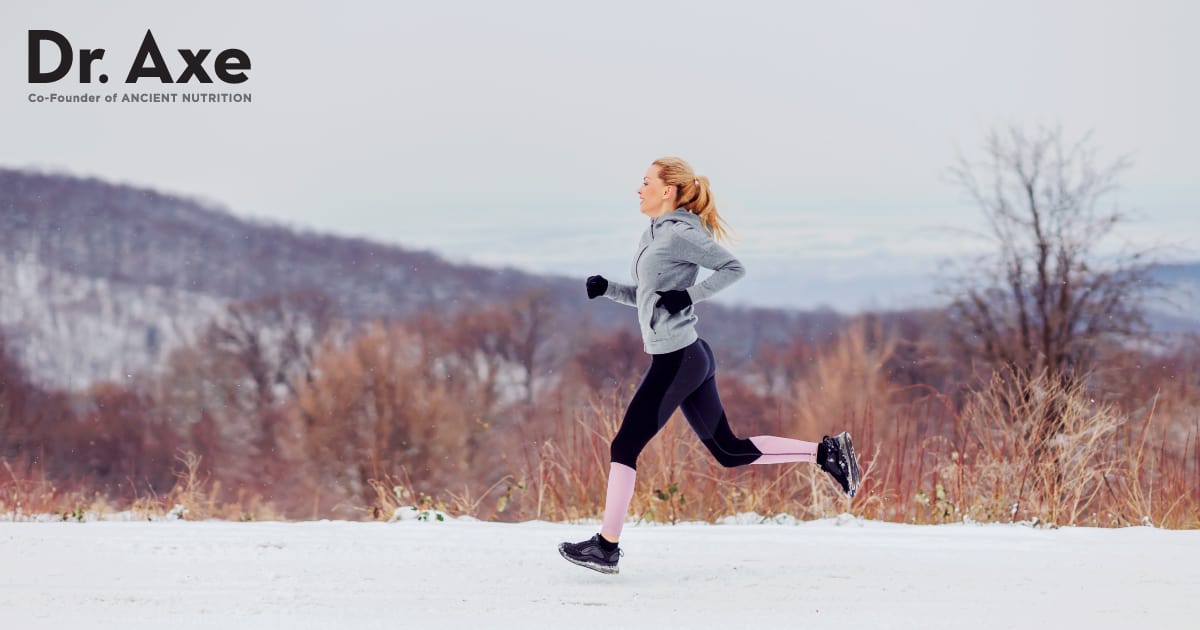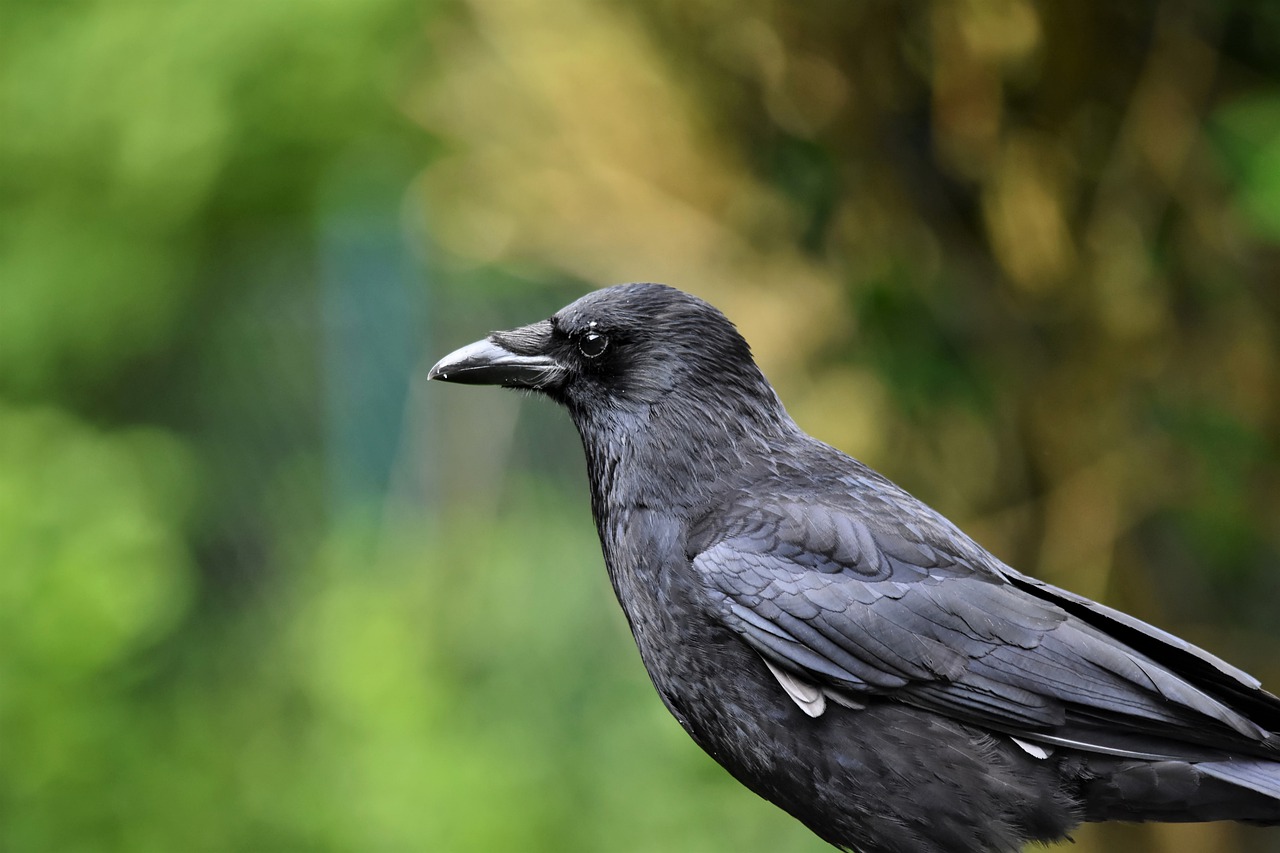Have you ever found yourself shivering through the initial stretches of your winter run, wondering why your performance seems to hit a wall faster than in warmer months? Well, brace yourself for some enlightening insights that will have you rethinking your cold-weather workouts. Recent findings from the Journal of Applied Physiology shed light on how even superficial cooling significantly affects muscle oxygen supply, challenging the once-popular belief that the cold is merely an invigorating backdrop for endurance athletes.
The science of our bodies is fascinating; they operate with the efficiency of well-tuned engines, converting fuel into energy with a byproduct of heat. This intrinsic heat generation led many to believe that, with sufficient exertion, the chill of the air would quickly turn into a forgotten discomfort. However, the latest research spearheaded by Phillip Wallace during his doctoral pursuit in the Environmental Ergonomics Laboratory at Brock University, Canada, unveils a starkly different narrative.
In Wallace’s study, participants were subjected to a cycling test under four different conditions – a comfortable ‘thermoneutral’ environment and three varying degrees of cold exposure. What made this study stand out was the methodical approach to ensure participants were not just introduced to the cold but were kept in it, allowing their body temperatures to drop before embarking on their cycling effort. The results were telling; even a superficial drop in skin temperature reduced endurance by about 30%, with deeper core cooling further diminishing capacity by an additional 30 to 40%.
This revelation builds upon the understanding that cold air doesn’t merely present a physical barrier but intricately alters the physiological landscape. When exposed to cold, the body prioritizes the protection of core organs by restricting blood flow to the periphery, including muscles, thereby reducing oxygen supply and affecting endurance. Further complicating this scenario is shivering, a mechanism employed by the body to generate heat, which not only consumes a significant amount of energy but could also disrupt muscle coordination and efficiency.
Interestingly, previous studies conducted in mildly cooler conditions had suggested that performance might not be adversely affected or could even improve. Wallace’s findings, however, reveal a drastic shift in outcomes once the body undergoes pre-exercise cooling. It’s a crucial distinction that highlights the difference between exercising in the cold and being cold before starting. The physical toll is tangible, and the psychological impact, as evidenced by decreased motivation and increased perception of exertion among the participants, further underscores the challenge.

For winter athletes or anyone venturing into the cold for their fitness routine, these insights are a game-changer. It’s not just about battling discomfort but understanding the profound effects of cold on our ability to perform and endure. The strategic importance of warming up, appropriate clothing, and perhaps reconsidering the timing of shedding those extra layers becomes all too clear. Indeed, Wallace’s research might just be the push needed to invest in those tearaway pants or to rethink our pre-race routines to avoid unnecessary exposure to the cold.
But beyond the confines of a laboratory, what does this mean for the everyday athlete? For starters, it’s a reminder of the body’s remarkable adaptability but also its limits. Cold weather demands respect, not just for its immediate bite but for the underlying physiological shifts that could impact performance and safety. From dressing in layers to understanding the early signs of cold-induced impairments, preparation and knowledge are key. And while we may not all be cycling to exhaustion in a chilled chamber, the principles uncovered by Wallace and his team offer valuable lessons for anyone looking to maintain their endurance pursuits in the face of winter’s chill.
The journey into understanding how cold weather affects our endurance is far from over, but the paths charted by recent research offer intriguing insights. As the seasons change, so too should our approach to outdoor exercise. With a newfound appreciation for the complexities of cold-weather performance, we are better equipped to adapt, prepare, and ultimately, persevere. So, as the mercury dips, let’s bundle up, not just for warmth, but for the endurance journey ahead.
Related posts:
How Cold Weather Saps Your Endurance
Cold weather can make your workout less efficient and more risky
How Cold Weather Affects Exercise Performance





